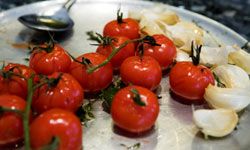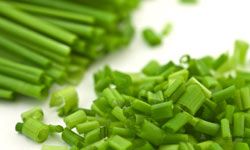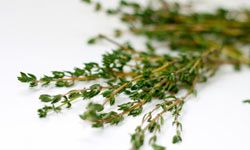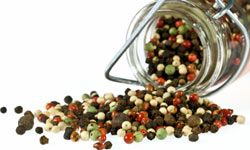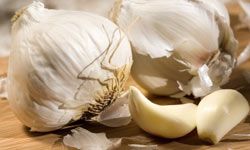When it comes to summertime freshness, not much beats the taste of a newly picked, vine-ripe tomato, lightly sprinkled with a dash of salt. But while it doesn't take much to make this true fruit -- no, it's not a vegetable, it just goes really well with them -- taste great, the tomato is wonderfully versatile. A number of spices and flavorings only make a great addition to its natural deliciousness.
Every cook worth his or her knives should know which herbs go well with tomatoes. Most of them are very common -- you probably already have a few in your kitchen, or at least a short walk or drive away at your grocery store or farmers market.
Advertisement
